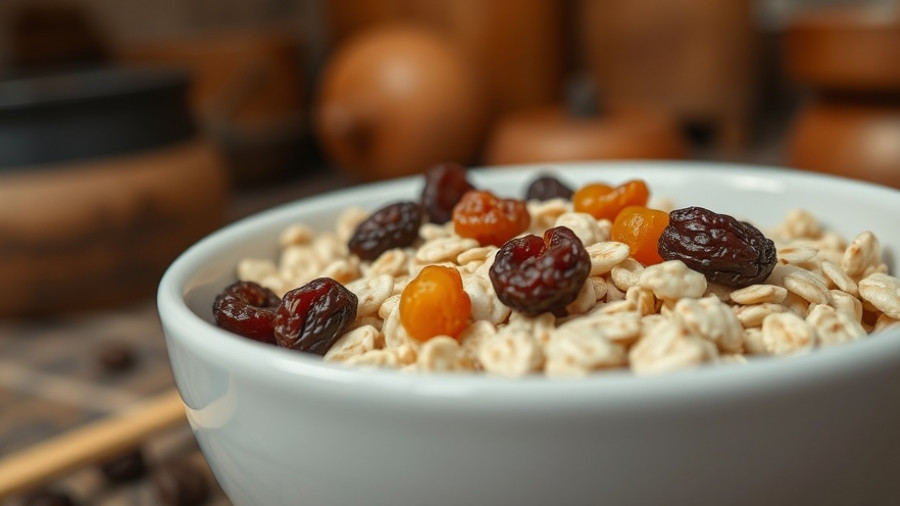
Discover the Secrets of Whole Grains: Why Bread Matters for Your Health
Choosing the right bread can seem overwhelming, especially with the plethora of options available today. From whole-wheat to gluten-free varieties, understanding their nutritional value is crucial for maintaining a healthy lifestyle. Bread holds significant importance in many diets, serving as a primary source of carbohydrates and essential nutrients. Our evaluations delve into every detail of popular bread choices to help you decide what aligns best with your health goals.
How Bread Affects Your Daily Nutrition
Bread isn't just a side dish; it's often a fundamental part of meals that can greatly influence your daily nutrition. For instance, whole grain breads are packed with fiber, which is essential for digestive health. In contrast, refined breads typically offer lesser nutritional value, lacking the fibers and essential nutrients found in whole-grain counterparts. By prioritizing breads with whole grains and higher fiber content, you support weight management and enhance overall health.
Evaluating the Best Bread Choices
Consumer Reports provides an in-depth analysis of various bread brands, rating them on factors such as serving size, whole grains, calories, and overall nutritional content. Among the recent evaluations, options like Canyon Bakehouse Gluten Free Ancient Grain and Pepperidge Farm Light Style 7 Grain have received high ratings for their health benefits. Selecting breads that are rich in complex carbohydrates and low in sugars can help sustain your energy levels throughout the day.
The Hidden Health Benefits of Sliced Bread
While bread may often be viewed as a simple staple, it can provide numerous health benefits when chosen wisely. Nutritionally sound bread contributes to the intake of essential vitamins and minerals, such as B vitamins and iron, which support energy metabolism and overall bodily functions. Furthermore, opting for whole-grain varieties can help reduce cholesterol levels and lower the risk of heart disease.
Making Informed Choices for Optimal Health
As more people strive for healthier eating habits, it's essential to understand how your choices affect your health journey. Evaluating products based on their nutritional content can lead to better, more informed decisions. Bread can be included in a balanced diet without compromising your health objectives—as long as you choose wisely. The right bread can serve not just as sustenance, but as a foundation for a healthier lifestyle. Aim to prioritize your nutrition by selecting breads that enhance your diet.
Now that you have gained insights on selecting the best nutritional breads, take the next step! Evaluate the breads in your pantry and make informed purchases that align with your health goals. Whether it’s opting for whole grains or exploring gluten-free options, mindful choices lead to a healthier diet.
 Add Row
Add Row  Add
Add 




Write A Comment